Actor Tom Hanks noted that when it opened in 2000, what is now the National World War II Museum in New Orleans was little more than “two brick warehouses, a Higgins boat and a tank.”
This weekend, the Museum unveiled its new, $47 million, 33,610-square-foot Liberation Pavilion, which serves as the final piece of the Museum’s master plan — its “D-Day to Liberation: Road to Victory Celebration” campaign, which raised $400 million over the past two decades.
Hanks, an ardent supporter of the Museum’s efforts since the outset, spoke at Friday’s dedication ceremony, calling the Liberation Pavilion “an extraordinary, perhaps final, chapter here in the job and the story of the National World War II Museum,” but noting the Museum’s job will never truly be finished.
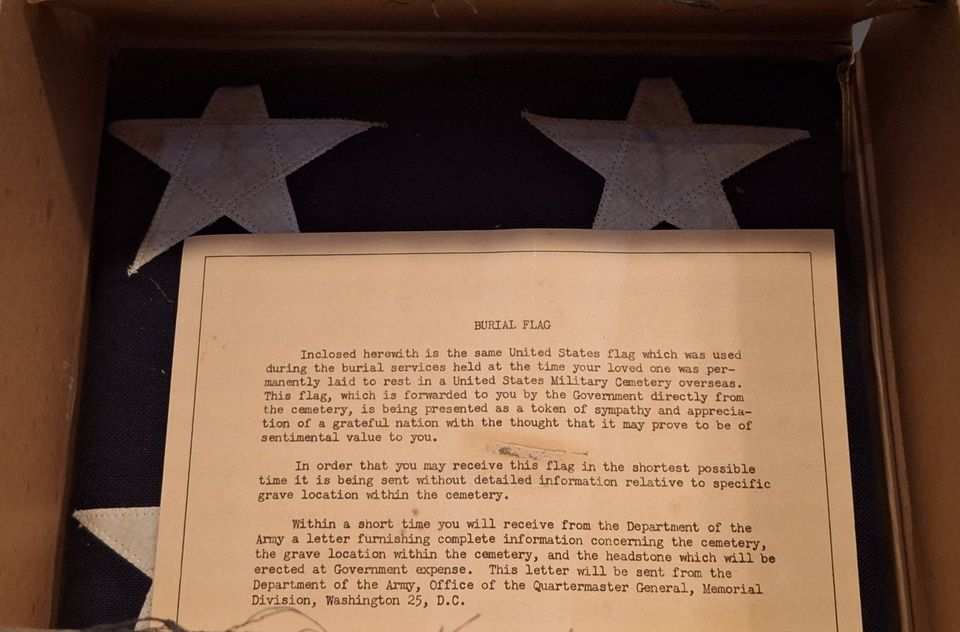
“It actually leaves it open to understand that the true work of building a more perfect union in an imperfect world began the day after the war ended,” Hanks said, “and it continues now and it requires vigilance, it requires attendance, it requires the desire to seek knowledge and it requires, too, the accumulation of wisdom that will be found by anybody who attends this museum on any given day for the rest of time.”
Hanks is a two-time Best Actor Oscar winner, is a Kennedy Center honoree and has been presented the Presidential Medal of Freedom. But he wasn’t the biggest star at Friday’s dedication. The real stars were sitting in the front row, looking at Hanks as he spoke.
About 40 WWII veterans, home front workers and Holocaust survivors were in attendance, along with another 40 Medal of Honor winners, in New Orleans for the previous night’s Congressional Medal of Honor Society Convention dinner, hosted by the Museum.

Among the veterans was Edward Tresch Sr., who was 16 when he joined the Merchant Marine during WWII and served in the Atlantic, Pacific and Caribbean during the war. “Pick an ocean. I was there,” he said.
“I’m really impressed with the museum,” Tresch said. “I think it’s magnificent and the whole world ought to see it. The museum is a story in itself.”
Magnificent, indeed. Some 23 years and $420 million later, the Museum is one of the nation’s most-visited, drawing millions of visitors to the Crescent City, and having an estimated $2.4 billion in economic impact over the past 20 years.
For most visitors, however, the Museum isn’t about the economic impact, it’s the emotional impact — and the new Liberation Pavilion which opened to the public Saturday is no exception.
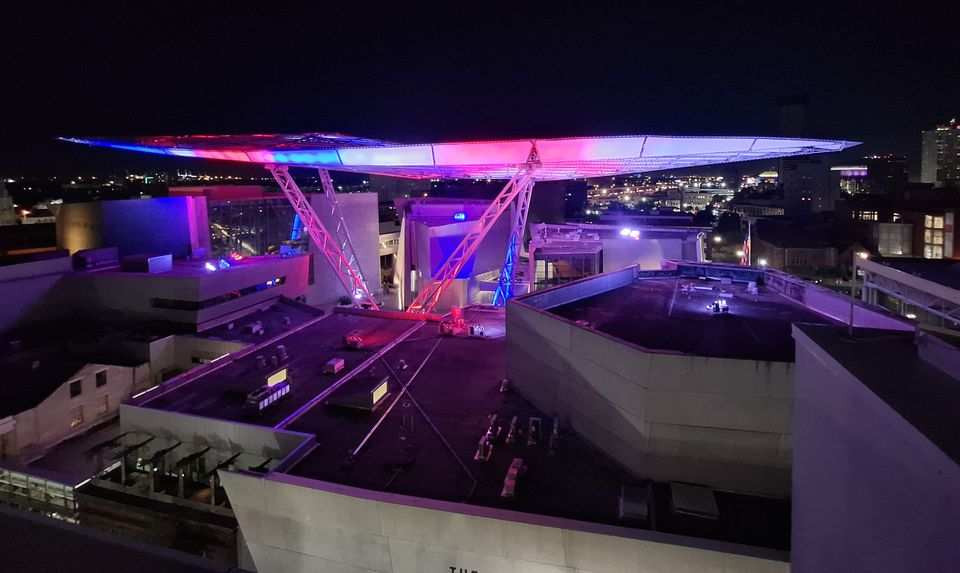
And that impact hits from the moment visitors enter the new exhibit hall.
Entering the Liberation Pavilion, visitors are greeted by the sight of two stark-white, military headstones flanking a coffin case used to bring the remains of Army Pfc. Gerald Williams home to Ohio, immediately driving home the high price of freedom.
Words can barely do it justice.
Visitors also pass through a hallway with 10,000 dog tags with the names of real Americans who fought in the war, with the opposite side lined with photos of some of the nearly 415,000 Americans who died in World War II. For perspective, those American casualties during WWII are more than in World War I, the Korean War, Vietnam War, Persian Gulf War, Iraqi Operations and Afghanistan Operations, combined.

But as Museum officials noted during Friday’s dedication ceremony, the Liberation Pavilion is about more than just American military losses. World War II claimed the lives of an estimated 75 million worldwide.
“And Then They Came For Me” examines the horrors of the Holocaust, in raw and grim detail. There are walls covered in photos of emaciated prisoners in concentration camps, with one photo of a body inside one of the ovens used in the murders of some six million Jews.
Visitors are also taken inside the world of Anne Frank, the German-born Jewish teen whose story of living in hiding from the Nazis from 1942-1944 was brought to the world through her diary, published by her father, Otto, the only member of the Frank family to have survived the Holocaust.
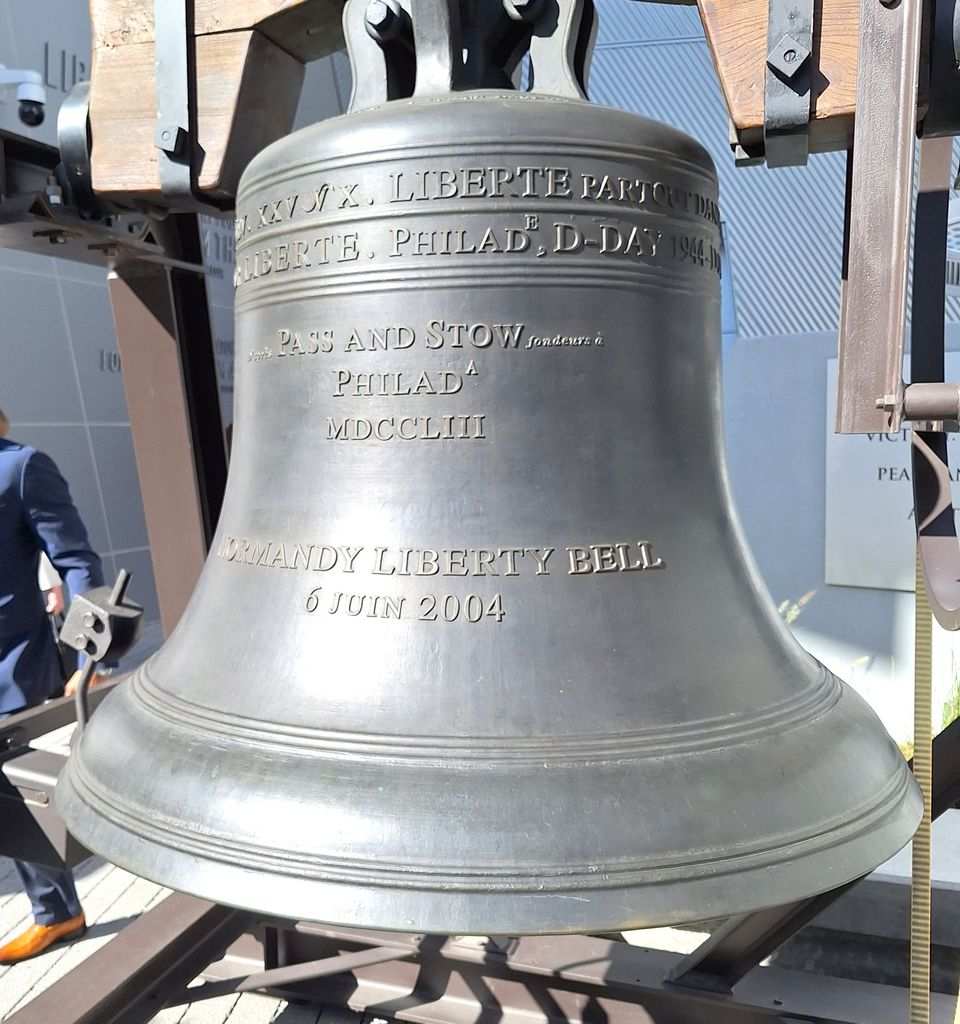
A re-creation of a room in the “Secret Annex” where Anne Frank, her family and others were kept hidden brings the story to life, with Anne’s own words heard as part of an immersive, emotional experience. Stories of other victims and survivors are told through various media, including video and audio recordings.
The Liberation Pavilion also looks at the war crimes trials, both in Nuremberg and Tokyo. One of the more striking artifacts among the 300 on display in the pavilion is the black hood worn by Hideki Tojo, the Japanese prime minister who ordered the attack on Pearl Harbor, when he was hanged.
Faith and its role during the war is also on display in the “Faith In Wartime” gallery, which features the “Four Chaplains” — four men who were aboard the SS Dorchester and sacrificed their lives to save their fellow seamen after their ship was struck by a U-Boat torpedo. There is also a chapel in the pavilion for quiet contemplation.
The new pavilion also looks at postwar America, including the challenges faced by Black Americans and those who had fought for freedom overseas but were so often denied it at home. The Cold War and the lasting impact of World War II are also examined.
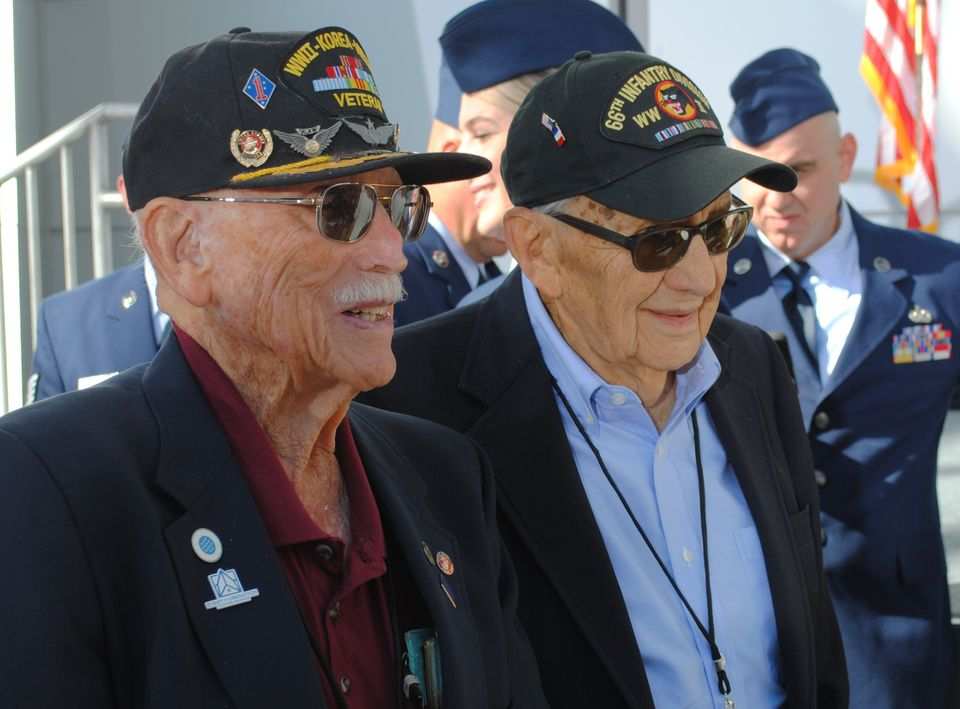
Perhaps the shining star of the Liberation Pavilion, however, is found on the pavilion’s third floor in the Priddy Family Foundation Freedom Theater. The gripping, emotionally moving multimedia production examines how freedom was threatened around the world in the years prior to WWII, the cost of protecting freedom, and the responsibility of later generations to “defend democracy, protect freedom and advance human rights.”
The Museum provided media members with an advance showing of the Freedom Theater production Thursday afternoon. At its conclusion, one woman was heard to say “They should let you sit there in the dark for another minute to let that sink in.” Such is the emotional wallop packed into the production, which was developed by THG Creative.
The opening of the Liberation Pavilion was a day Nick Mueller could hardly envision 30 years ago when he and the late Stephen Ambrose first hit upon the idea of opening a D-Day Museum.
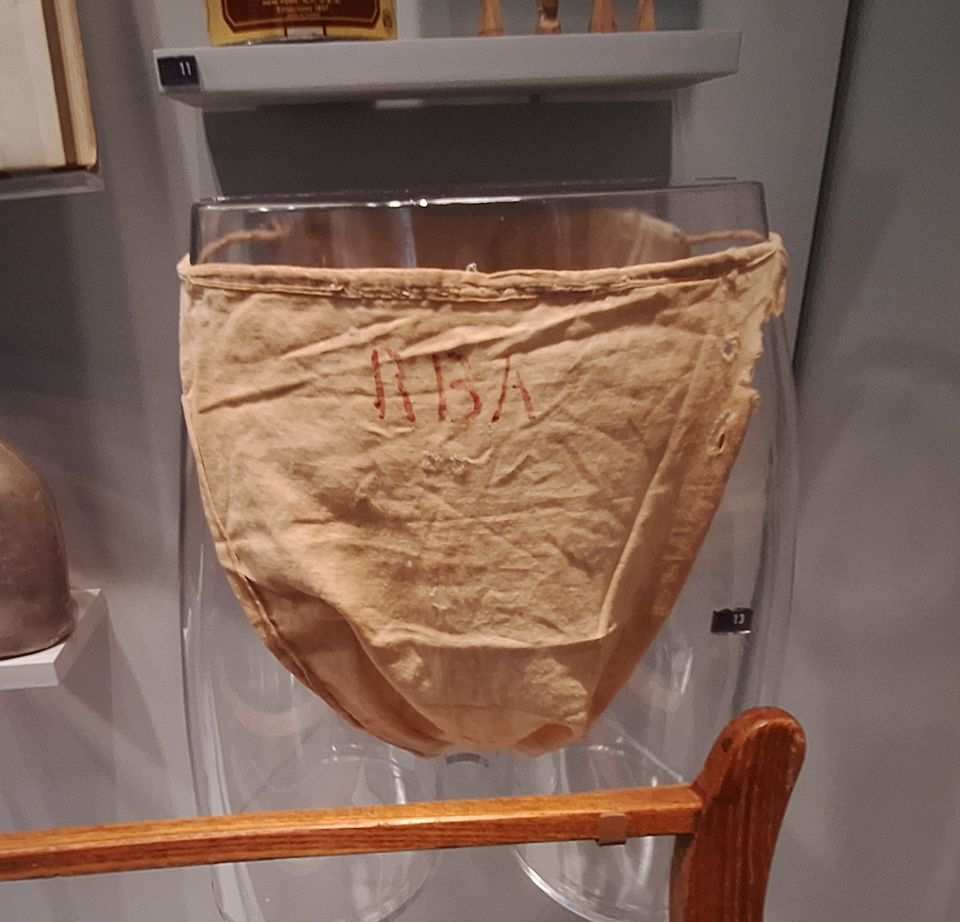
“The accomplishments of the past two decades extend far beyond what we could have imagined, even after we decided to broaden our mission to tell the full story of the American experience in World War II,” Mueller said. “Hundreds of thousands of Americans made the ultimate sacrifice during World War II, and millions more survived to serve as a beacon for democracy.
“Now, with the opening of Liberation Pavilion, we honor the legacies of the WWII generation and help visitors understand the relevance of the war today — the meaning of the freedom they secured and each generation’s duty to protect and advance it.”
While this weekend’s opening of the Liberation Pavilion was a cause for celebration, it was a member of the Greatest Generation who brought a somber perspective to the moment.
“I was thinking how many wars were before my time and how many more will be after my time,” said Tresch, who will turn 96 later this month.
“The way they’re making weapons today, there might not be too many more times.”
___
© 2023 Advance Local Media LLC
Distributed by Tribune Content Agency, LLC.



